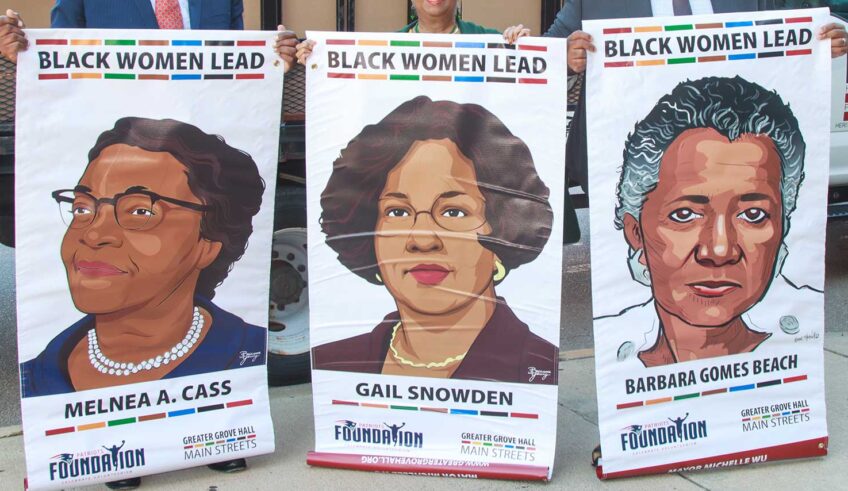As we continue to live in BPS limbo of hybrids, opening schools for only the “highest” of high needs, we have had nine months without a comprehensive plan for Boston Public School students to have a quality education during the pandemic and afterwards.
Throughout reopening, BPS has worked to turn school communities against one another. From gaslighting teachers by claiming an open window and box fan are adequate air filtration systems to now pitting parents against one another in claiming that high needs are different from students with the “higher” or “highest” needs, these divisive methods are not new.
Each year, schools are pitted against one another in an annual budget season fight for crumbs. Last year’s school budget promised a $100 million increase but also included school budgets cuts totaling over $6 million because of enrollment decline. Some of the “transformation” schools that saw additional resources also saw overall budget cuts. This is all while a $50 million projected budget was approved to beautify City Hall Plaza.
BPS budgeting follows a similar path each year. In December, principals receive their budget projections. These projections are based on the school enrollment from October of the previous year. Throughout spring, BPS holds a series of hearings exploring different aspects of the budget. Parents and students show up to beg for their schools. At the same time, school site councils review line items, having to share in making the hard decisions of who to cut. Some schools have to decide between a part-time librarian or a science cart, and these are the types of budget decisions school communities have to make. Each school community does not realize that their advocacy to replace their funding losses means another school community will be cut. The school budget process is a game of winners and losers, all the while BPS Central Office staff thank themselves for their good work and School Committee members scratch their heads wondering why they have to hear families beg for pennies each year.
This is the sick culture of scarcity that has to end. There is enough money in Boston to pay for all of BPS student needs. In Globe coverage of the annual 2020 PropertyShark report, Massachusetts held four of the most expensive zip codes in the United States, with Beacon Hill (02108) placing 81st on the list with a median home sale price of $1,600,000. Referred to as “ultra-pricey,” the Prudential Center (02199) area had insufficient sales activity this year. However, last year’s report showed the Prudential Center zip code was the most expensive in Massachusetts and New England with a median home sale price of $3,669,000.
As we continue to live in a year of crisis, school communities need to create a moral budget that meets everyone’s needs. When one school community gains, another loses. Similar to the moratorium on testing for the exam school in face of the pandemic, we need to demand that there be a moratorium on cutting budgets for a school because of student decrease. The pandemic cannot be used as an excuse to cut school budgets or a continuation of insufficient planning.
Ruby Reyes is the executive director of the Boston Education Justice Alliance.






